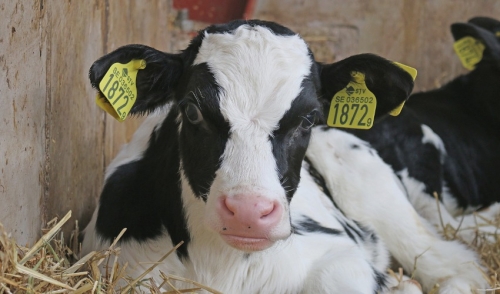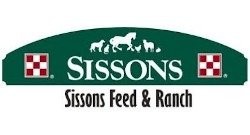
Tips for Creep Feeding Calves
Most calves are not likely to reach their maximum potential growth without your help and intervention through a practice known as “creep feeding.” Creep feeding involves providing supplemental feed to nursing calves to address a bovine predicament Purina calls “The Hungry Calf Gap.”
This gap occurs when the calf is about three-to-five months old and several things happen:
- The mother’s milk production declines
- Forage quality and digestibility decline
- The calf must compete with the cow for less grass
Purina research indicates that creep feeding can add between 56 to 86 pounds to calves’ weaning weight; also, creep-fed calves eat significantly more in the first week on starter feed than non-creep-fed calves and are healthier overall.
Genetics ultimately determines a calf’s maximum growth potential, but creep feeding is a significant boost.
Development Director for Certified Angus Beef (CAB) Mark McCully deals with genetics and achieving maximum potential every day, and wouldn’t be without “a proper creep feeding program.”
“Research supports that creep feeding and early weaning are absolutely essential to the goal of maximizing value-added genetics to hit a high quality target,” he says. “Getting energy into calves early increases their likelihood of being accepted later for the CAB brand.”
Good nutrition is important throughout the lifespan, but producers who want to achieve marbling, a trait of a high quality carcass, should remember that “During a period around Day 100 to Day 300 or Day 150 to Day 250 – before, during and after weaning – you want to supply a high-energy ration or better grade of forage and feed than typically."
The timing of when to start creep feeding can vary. “It can depend on the area,” McCully notes. “If there are drought conditions and limited forage, you’ll want to start creep feeding a little earlier. Also, it can depend on the age of the mother. If she’s still growing, early weaning and creep feeding allows her to use more nutrients for her own growth.”
Since creep feeding is an essential part of what goes into producing a beef cow with the CAB brand, why wouldn’t everyone use creep feeding?
“Producers see three drawbacks to creep feeding. First is the cost of investing in a feeding and delivery system. Second, the calves can turn out too fleshy, that is, with too much conditioning, and may be discounted by buyers. And third, creep feeding that is done too rapidly with heifers can hurt milk production in the longer term,” explains McCully. To address this latter concern, separate males from females, if you can, and creep feed the males only, McCully says.
McCully advises producers to remember creep feeding is not about achieving maximum weight gain, it’s about strategic conditioning, with only about 1 1/2 to 2 pounds of weight gain per day.
Purina products are the gold standard for creep feeding. Initially, try the 4-Square Stocker/Grower product line. When a calf’s intake is two to three pounds daily, you can switch to Accu-Creep with IM (intake modifying) Technology. Purina’s Pre-conditioning and Receiving Chow is still the most popular product nationwide for transitioning to starter. This product, as well as IMPACT Starter, helps calves overcome the stresses of weaning and achieving 40 to 80 pounds of weight gain prior to receiving finishing rations.
Contact a Purina dealer to help you work through your concerns and develop a proper creep feeding program that meets your needs.
